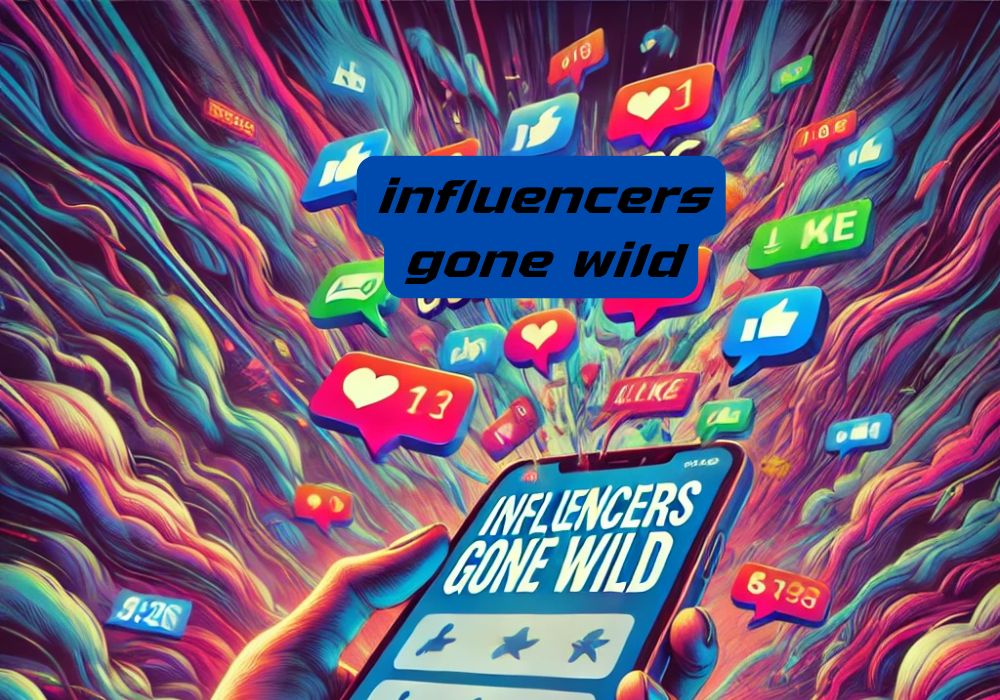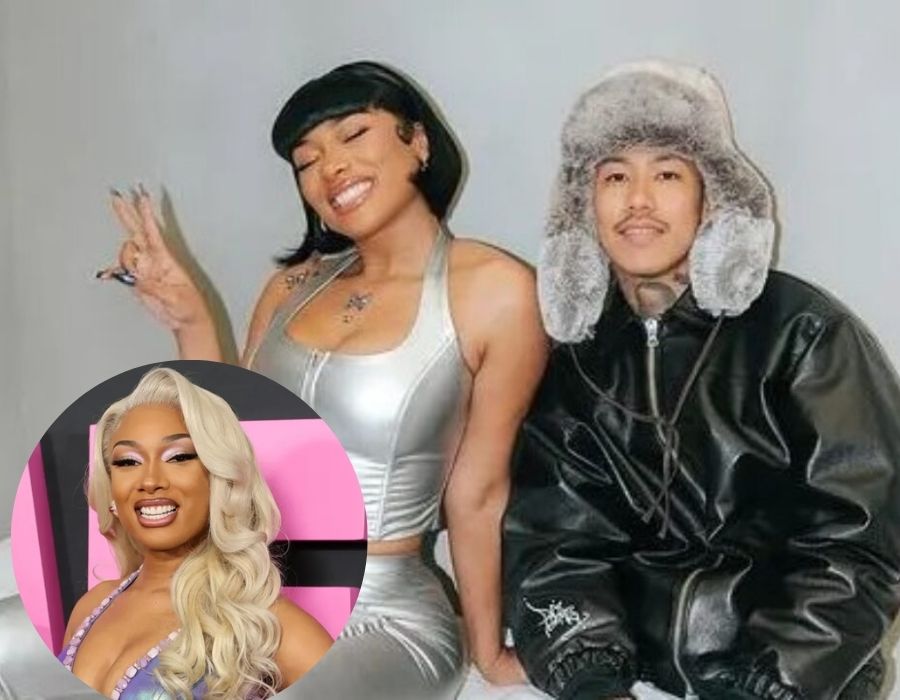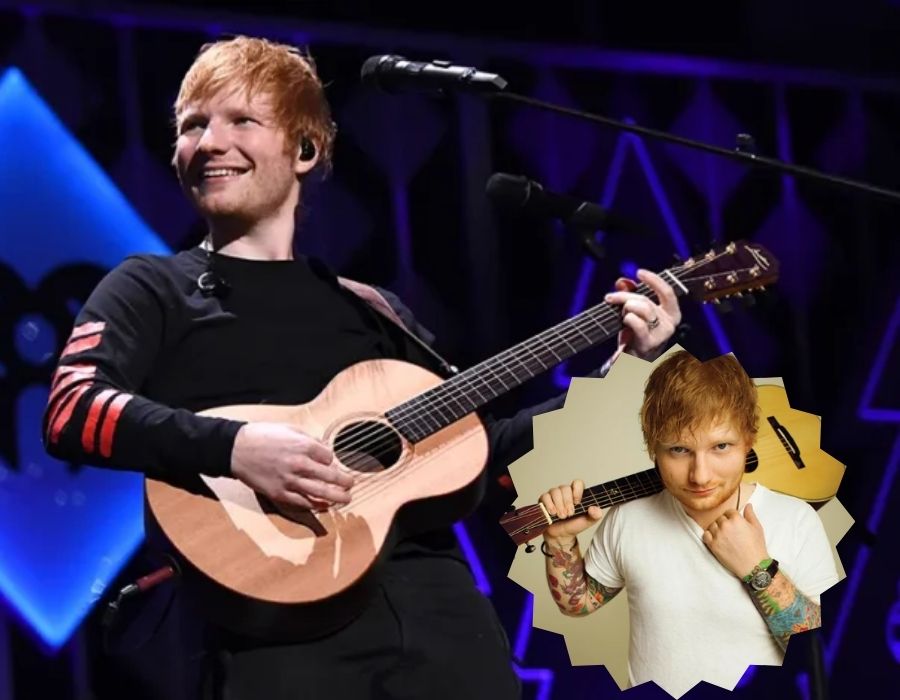Social media’s explosive growth has paved the way for a new kind of digital fame, giving rise to influencers—modern-day trendsetters who captivate audiences worldwide. These individuals have the power to sway public opinion, dictate trends, and amass millions of followers. However, with great influence comes great responsibility—and not all influencers handle their fame well. From scandals to outrageous behavior, this article dives into the world of “Influencers Gone Wild,” exploring the wildest moments when online personalities took things too far.
The Evolution of Influencer Culture
Social media influencers have evolved from being simple content creators to full-blown celebrities. Platforms like Instagram, TikTok, and YouTube have allowed everyday people to gain massive followings and lucrative brand deals. But what happens when influencers cross the line?
The Power and Perils of Internet Fame
Being an influencer means living under the constant scrutiny of millions. While many use their platforms for good, others succumb to the temptations of fame. The pressure to stay relevant often leads to questionable decisions, outrageous stunts, and, in some cases, legal trouble.
Scandals That Shook the Internet
Influencers have been at the center of numerous controversies. Some notable cases include:
- Jake Paul’s House Raided by the FBI – The YouTuber’s involvement in alleged criminal activities led to federal agents raiding his mansion.
- Logan Paul’s Disrespectful Vlog in Japan’s Aokigahara Forest – One of the biggest influencer scandals of all time, Logan Paul faced severe backlash for filming in a location associated with tragedy.
- Tana Mongeau’s TanaCon Disaster – What was meant to be an alternative to VidCon turned into a poorly organized nightmare for fans.
Influencer Feuds: When Drama Takes Center Stage
Online rivalries can be just as intense as Hollywood feuds. Many influencers engage in public spats to gain traction, leading to massive online debates. Some famous influencer clashes include:
- James Charles vs. Tati Westbrook – A fallout that divided the beauty community.
- David Dobrik’s Vlog Squad Controversy – Former members accused the group of toxic behavior.
- The Bryce Hall and Austin McBroom Boxing Drama – What started as an online disagreement turned into an actual boxing match.
The Dark Side of Influencing: Fraud, Scams, and Lies
Many influencers have used their platforms to promote shady business ventures. Some examples include:
- Fyre Festival Disaster – Promoted by top influencers, this event turned into a real-life survival scenario.
- Crypto and NFT Scams – Several influencers have been accused of promoting fraudulent cryptocurrencies and NFTs to their followers.
- Fake Giveaways and Engagement Farming – Some influencers stage fake contests to boost engagement but never deliver the promised prizes.
Meg Turney: The Influencer and Cosplay Icon
Meg Turney is a well-known influencer in the cosplay and gaming community. Unlike some influencers who have faced backlash, she has maintained a relatively clean reputation. However, being in the public eye has its risks—Turney was once the victim of a home invasion by an obsessed fan, highlighting the dangers influencers face.
The Role of Social Media Platforms in Influencer Controversies
Social media companies often play a role in enabling influencer misbehavior. Platforms like YouTube, Instagram, and TikTok have been criticized for not taking swift action against problematic influencers. Many believe that algorithm-driven fame fuels reckless behavior.
The Psychological Impact of Influencer Culture
Becoming an influencer can be mentally taxing. Many influencers experience burnout, anxiety, and depression due to constant online scrutiny. The need to stay relevant can lead to erratic behavior, substance abuse, and even mental health crises.
The Public’s Role in Influencer Downfalls
While influencers should be held accountable for their actions, audiences also play a part in their rise and fall. Cancel culture has become a common response to influencer scandals, but it raises questions about mob mentality and whether people should be given second chances.
Can Influencers Redeem Themselves?
Some influencers have managed to bounce back after major scandals. Strategies for redemption include:
- Issuing genuine apologies
- Taking accountability and making amends
- Using their platform for good Examples of successful comebacks include Logan Paul, who pivoted to creating more meaningful content, and PewDiePie, who transformed his image after past controversies.
Conclusion: The Double-Edged Sword of Internet Fame
Influencers have the power to shape culture, but their actions can also lead to their downfall. While the influencer industry continues to thrive, it’s crucial for both creators and audiences to recognize the responsibilities that come with online fame.
FAQs
1. What does “Influencers Gone Wild” mean?
It refers to influencers who engage in reckless, controversial, or unethical behavior that garners public attention.
2. How do influencers make money?
Influencers earn income through brand deals, sponsorships, ad revenue, merchandise sales, and exclusive content platforms.
3. Can influencers recover from scandals?
Yes, but it depends on the severity of the controversy. Genuine apologies and positive actions can help rebuild their reputation.
4. Why do influencers engage in reckless behavior?
The pressure to maintain relevance, financial incentives, and the lack of privacy can lead to poor decision-making.
5. How can audiences be more responsible when following influencers?
Being critical of influencer actions, supporting ethical creators, and avoiding toxic online behavior can contribute to a healthier influencer culture.
Please visit for more info: Ponder Shorts


